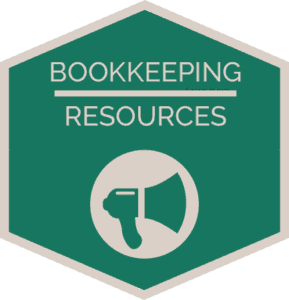How much is one customer worth? Is it $500, $5,000, $50,000? Calculating your CLV—or Customer Lifetime Value—is essential if you want to maximize your profits and make more money.
I tell my clients often: the most important thing you can do for your income is to protect your Customer Lifetime Value, or CLV. This nifty little tool can help you measure how much money a client is going to bring into your business during the duration of the relationship, and it’s vital to everything from marketing budgets to determining your pricing.
How to Calculate CLV
There’s an easy formula for calculating a customer’s worth: (Sale Price) X (Number of Transactions) X (Length of Relationship). For example, if a car dealership leases a car for $200/month for a 3-year term, the lifetime value of that customer is $200 X 12 months X 3 years, or $7,200.
The math is easy for businesses that collect regular fees, like subscription boxes and meal kit delivery services. If you are a person without recurring revenue, the most important thing you can do for your business and your bottom line is do everything in your power to keep customers coming back. A repeat customer brings in more dollars, and is easier to sell to than a new customer you have to find and then hard sell.
Why CLV Is So Important
When setting marketing budgets, you need to know how much you’re spending to acquire customers. If you don’t know what those customers are worth in the long-term, it’s hard to calculate how much you should be spending to get them. If you know that a customer will be worth $5,000 dollars in the long-term, spending $3 for their click on a Facebook ad makes much more sense than if that customer’s only worth $10.
CLV is also crucial for measuring time. (Time IS money, after all.) You might not think it’s worth your time to take on a new client for a $300 project, but that client can easily become a $10,000 client if you deliver an outstanding service or product and great customer service. Customers are assets—they should be cared for and protected.
If your business offers discounts or deals, CLV is a good barometer for figuring out how much you want to slash prices as well. For example, if you own a gym and want to attract new members, waiving the membership fee for a promotion is probably worth it because you know exactly how many dollars that customer will bring you over the next year.
How can you can incentivize repeat business? If you’re a service provider, you could offer monthly retainer packages or buying time in bulk at a discounted rate.
CLV Is Easy to Track With the Right Tools
If you have a good handle on your bookkeeping, it’s easy to look at the Big Picture of your CLV. Using a handy piece of software like QuickBooks Online (our fave) lets you see your longest customer relationship and how much money it made you, or which customer spent the most overall. The value of every customer is right there at your fingertips.
QuickBooks Online (or any accounting software) is essentially just a database. It’s value is being able to mine it for data so you can make smart decisions about your money and your business. Remember—your customers and clients are like gems and gold, and you can mine for them for clues on how to increase your profitability in the short and long-term.


